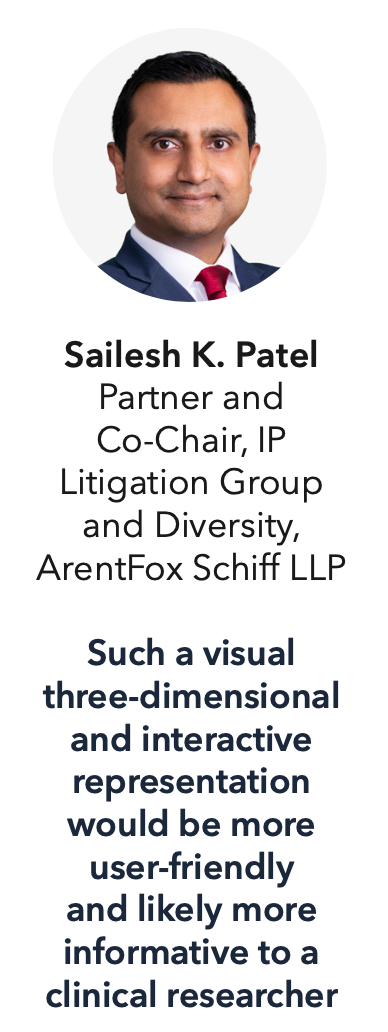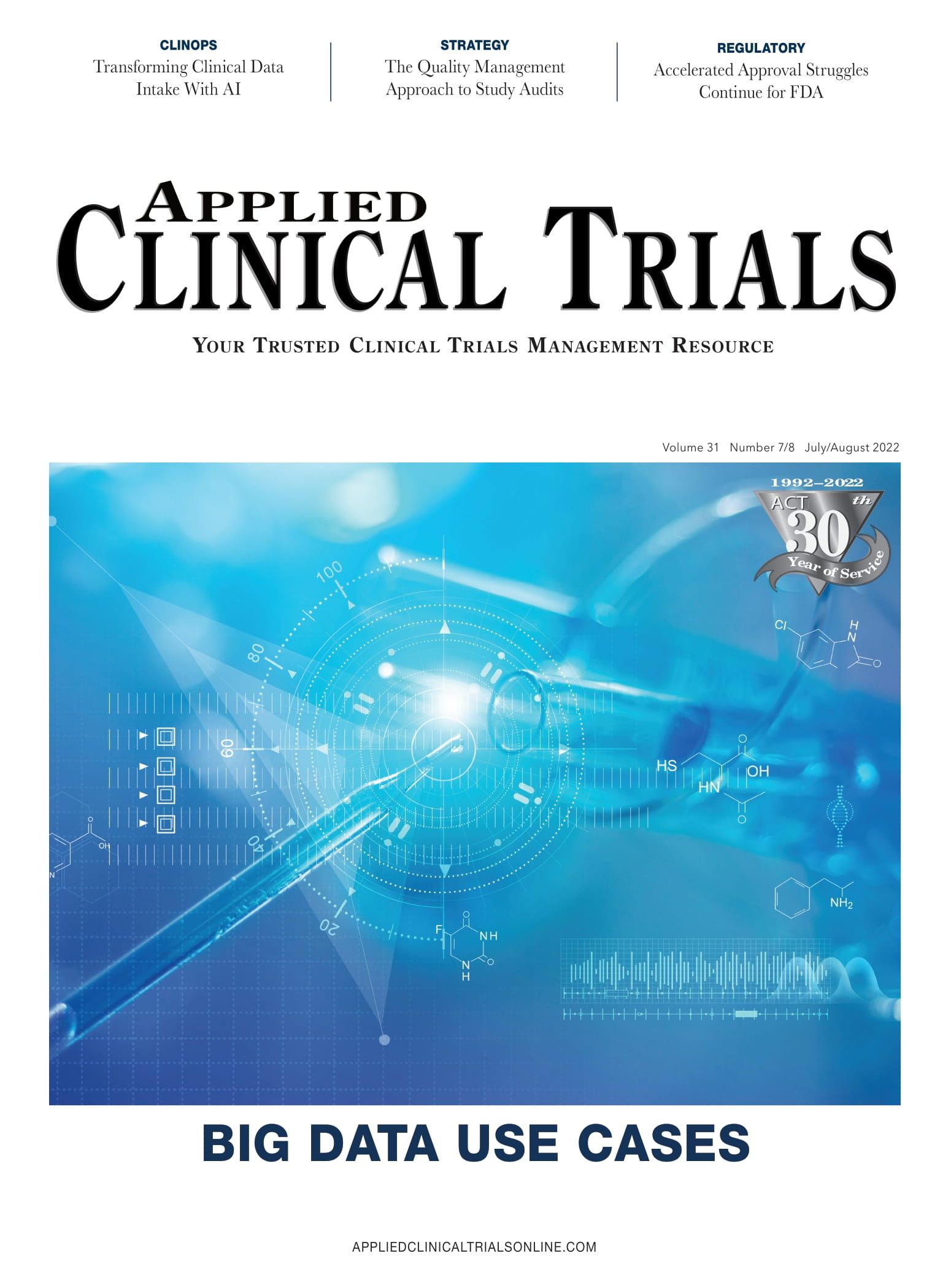R&D Using the Metaverse and Digital Twins
How the digital environment can transform drug development space.

The metaverse, a digital environment implementing virtual and augmented reality, is increasingly being used for research and development in the pharmaceutical industry. This article discusses how the use of the metaverse and, specifically, digital twins could drastically transform drug development.
A digital twin is a virtual model designed to digitally reproduce real-world physical objects, processes, or even a real-world person. Unlike a simulation that typically studies one particular process, a digital twin can run any number of useful simulations in order to study multiple processes. In this sense, a digital twin is actually a virtual environment, which makes it much richer for study. Digital twins are already being utilized extensively in industrial development and manufacturing. In the pharmaceutical industry, the use of digital twins holds the promise of starkly reducing the cost and time of drug development, including the cost, time, and manpower required to run clinical trials.
One of the most costly and time-consuming stages of drug development is to design, staff, and run clinical trials. An enormous amount of time and resources are employed to recruit a sufficient number of clinical trial subjects with the appropriate characteristic profiles needed for a clinical trial. And even then, there is the possibility of clinical trial subjects dropping out or not following the protocols of the study. In some cases, clinical trials need to be run again or data must be collated across different trials to account for these issues. Using a digital twin would allow the trial to be run and studied much more quickly and safely.
Metaverse technologies, unlike a conventional data analytics program, provide an immersive or augmented-reality visual representation of the effects of the proposed therapy on a digital twin, which could be an entire person, specific organs, or receptors. Such a visual three-dimensional and interactive representation would be more user-friendly and likely more informative to a clinical researcher. When actualized, pharma companies will be able to complete trials at a fraction of the cost and as quickly as a few weeks, rather than months or years.
This is not mere fantasy. Although the technology to create an exact digital twin of a human individual is still a distance away, pharma organizations are actively exploring this technology to improve and speed up drug development. For example, GSK is working closely with Siemens and Atos to pilot a digital twin to accelerate vaccine development and production. The COVID-19 pandemic has highlighted the need to accelerate the process of developing reliable and effective vaccines. According to GSK, it successfully completed a proof-of-concept project focused on the production of particles of a vaccine adjuvant. GSK and its partners are now exploring the potential of vaccine R&D further upstream where the combination of high-throughput experimentation and twin models would quickly produce the data needed to confirm theories.
Regulatory environment
How FDA will view the use of digital twins remains a big open question. But the current signs are promising. By all indications, FDA appears to be approaching this new frontier with an open mind. It has already begun working on potential regulations for the use of the metaverse in drug development and for therapies using metaverse simulations. For example, FDA has shown a willingness to implement computer-aided simulations in the drug development process through its model-informed drug development (MIDD) pilot program. Additionally, FDA recently requested public comment on medical devices with metaverse technologies.
The agency has also entered into a partnership with Siemens regarding digital twins in medical device development. FDA provided nearly $2 million to Siemens for a pilot program to show how digital twins could improve product quality, development, and commercialization. While the current pilot program with FDA is focused on medical devices, Siemens aims to demonstrate how digital twins could also be used for biologics and pharmaceuticals. The project is also likely to assist FDA to improve industry guidance, regulatory tools, and prepare for new development and manufacturing processes. Although significant challenges and hurdles remain, FDA’s partnership on digital twins and requests for comment on metaverse technologies is a promising sign for the eventual deployment of digital twins in clinical trials.
Sailesh K. Patel, Partner and Co-Chair, IP Litigation Group and Diversity, ArentFox Schiff LLP
